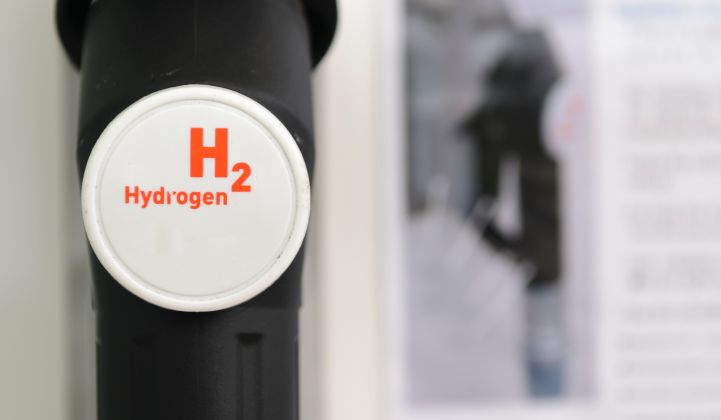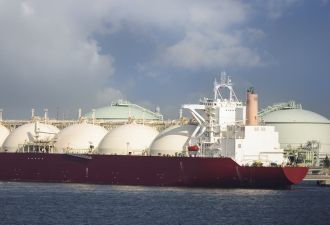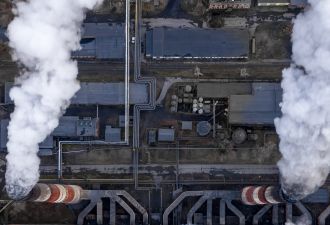Falling costs and growing project pipelines will ensure the 2020s are the “decade of hydrogen,” according to new research from Wood Mackenzie.
Over the past 10 months, the global green hydrogen project pipeline has swelled from 3.5 gigawatts to more than 15 gigawatts.
Green hydrogen is considered by many to be a vital component of any credible net-zero carbon plan, and it can be used to decarbonize a number of industrial processes and heavy transport. (Check out GTM's green hydrogen explainer here.)
As it stands, blue and gray hydrogen derived from fossil fuels are cheaper than using renewable-energy-powered electrolyzers to produce green hydrogen from water. But green hydrogen is drawing increasing interest from oil majors and utilities alike, from Shell to NextEra Energy. And Wood Mackenzie's research indicates that the cost of green hydrogen will fall by 64 percent by 2040 as the market scales up.
“On average, green hydrogen production costs will equal fossil-fuel-based hydrogen by 2040,” said Ben Gallagher, Wood Mackenzie senior research analyst and author of the new report, in a statement. “In some countries such as Germany, that will arrive by 2030. Given the scale-up we’ve seen so far, the 2020s will likely be the decade of hydrogen."
“Rising fossil fuel prices will boost green [hydrogen's] competitiveness, further strengthening the case for this technology in the coming years,” Gallagher said.
In the last year, gigawatt-scale green hydrogen projects have been announced in the Netherlands, Saudi Arabia and Australia.
Even so, gray hydrogen, produced by reforming natural gas, will remain the cheapest source of hydrogen until 2040, WoodMac says.
Hydrogen is at the heart of an accelerating transition
The two most important factors behind green hydrogen's costs are the price of renewable electricity and the utilization rate of the electrolyzers. While the former is continuing its downward trajectory, boosting utilization rates is linked to creating demand for green hydrogen. The bulk of the world’s hydrogen demand today comes from chemical plants and oil refineries.
Heavy transport, industry and heat networks could all provide additional sources of demand in the future.
“Even with a multitude of challenges that [face] the nascent green hydrogen market, we firmly believe there will be some form of low-carbon hydrogen economy soon,” said Gallagher. “Given the degree of explicit policy, corporate and social support that has blossomed in 2020, green hydrogen will successfully scale and realize huge production cost declines."
The EU has set a 40-gigawatt electrolyzer target and wants to support another 40 gigawatts of electrolyzers in nearby renewables hot spots, such as North Africa. National strategies are also being established by major economies in the EU as well as the U.K.
Blue hydrogen, which uses decarbonized gas, would most likely require full-scale carbon capture technology — which is as embryonic as gigawatt-scale electrolyzers. The EU has left the door open to some blue hydrogen as a “bridge fuel” for the hydrogen economy, but the governing body has made it clear that the long-term future is green.
The EU's policy support is likely to include subsidies. Many developers are counting on it, in fact, including offshore wind giant Ørsted, which has flagged the need for public funding for its transport-focused green hydrogen project in Copenhagen.
A hydrogen contracts-for-difference program appeared on the list of policy ideas in an early draft of Europe’s green deal, and the U.K. may consider such an approach as well.
“If additional explicit policy support comes to fruition in the coming months, we could see costs fall even faster, and more universally, than outlined in our report," said Gallagher. "The energy transition is dynamic. If 2020 is any indication, so too will be the low-carbon hydrogen landscape."
***
Learn more about WoodMac's new report, Hydrogen production costs to 2040




